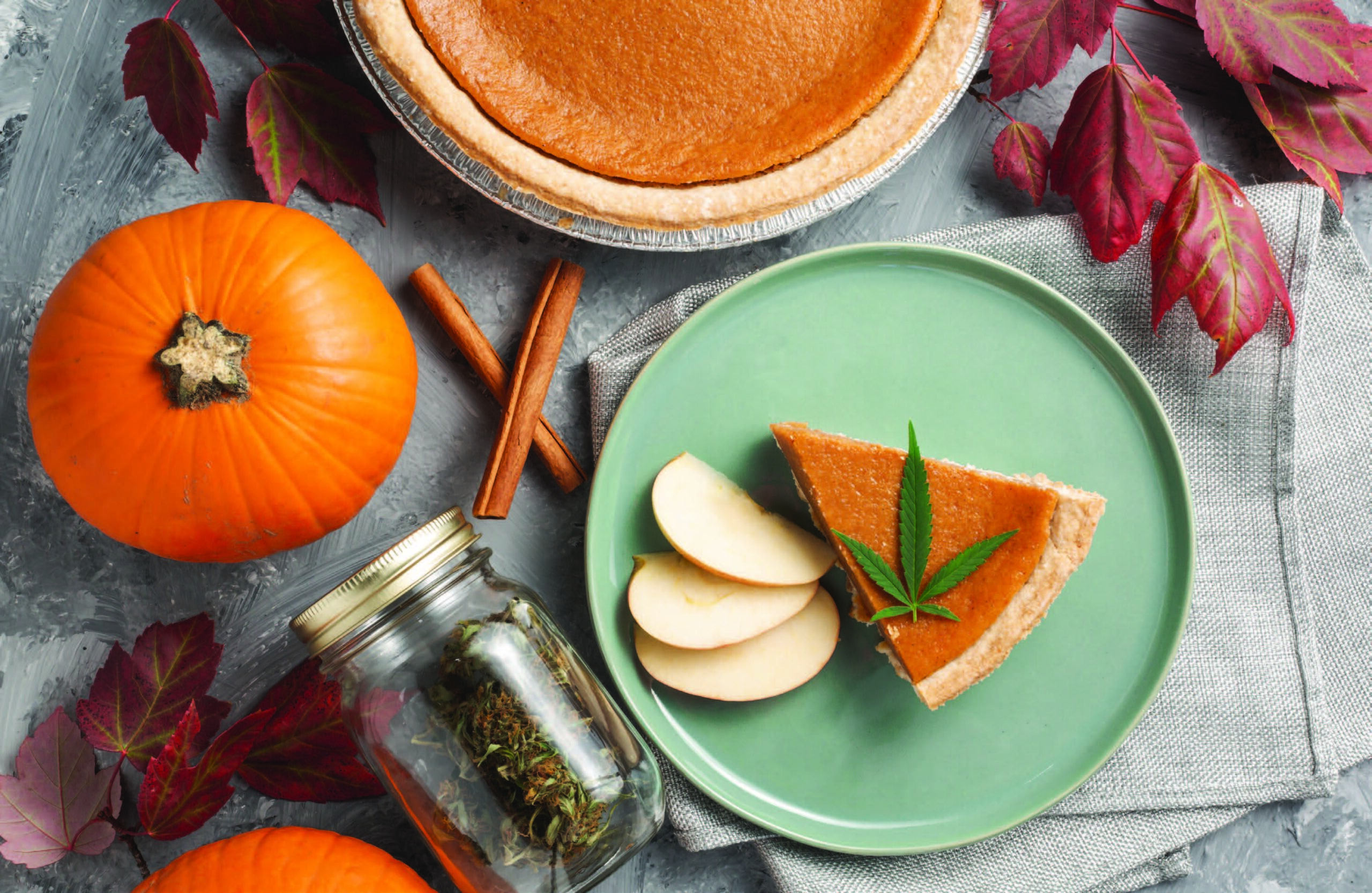In the United States we tend to take our food safety for granted. For the most part, we can walk into any restaurant and assume that we’re not going to get sick. We can buy anything off the shelf of a supermarket and be assured of the product’s safety. There’s a lot of complicated government regulations that go into that, and it all started with beer, the world’s first government-regulated foodstuff.
The Reinheitsgebot, a 16th century German beer purity law, required that beer sold in taverns or to merchants be made of only water, barley and hops. The law also put into place pricing regulations for the sale and resale of beer made and sold in Germany. This law was mostly enacted for maintaining the price of bread in a competitive grain industry (wheat was not allowed in beer so that it could be used to make bread), but it was also to protect consumers from potentially harmful substances being added to beer, such as herbs with hallucinogenic properties or poisonous adjuncts used to boost flavor.
At the time of its passing into law, the Reinheitsgebot didn’t apply to parts of the country that would later become Germany because those brewers were grandfathered into the law, or to a few select members of German aristocracy who paid a hefty fee, so luckily there were parts of the country that still brewed delicious wheat beers. Because of the hefty fee, the novelty of the brew, and because it could be brewed year round, weizen bier, or wheat beer, became really popular, thus preserving the style for us today. And there are a lot of other styles that worked there way into our current beer lexicon thanks to, or in spite of, the Reinheitsgebot.
We all know about the beers that thrived during Reinheitsgebot, the rise of various regional lagers (Vienna lagers, pilsners, etc.), but there were also a lot of specific styles like Altbier (a kind of German cross between a red ale and brown ale), kolsch and cream ales (one of the best kolsch in the world is made in Durango at Steamworks), Zwickelbier and Keller Bier (an unfiltered young beer that is quite delicious). Individual cities and taverns became renown for their individual brews. Berlin became a hotspot for Berliner Weisse, a tart wheat beer often mixed with flavored syrups, and Leipzig stole a style from Goslar, Germany, the gose (another tart wheat beer, though with coriander added and saltiness derived from local water).
So with that little window of leniency for wheat beer, German beer became the best beer in the world, with reliance on three simple ingredients. Germany never had the colonial reach that England had, but culturally, Germany went everywhere with their beer. So even though Germany wasn’t the free-market, willy-nilly capitalist that England was, German beer became a standard.
I think a lot of people in the brewing world typically scoff at the ideas of restraint and strict regulation. There’s an attitude that one’s creativity is being hindered or that the beer isn’t going to be as good as it could be. When you do that, you take the simplicity of beer for granted, you over-complicate it. I think even great artists sometimes forget that you can make any color out of red, yellow and blue, in the same way that you can make almost any beer with water, hops and barley.
Robert Alan Wendeborn is a former Cellar Operator at Ska Brewing and current lead cellar operator at Tin Roof Brewing in Baton Rouge, Louisiana.











